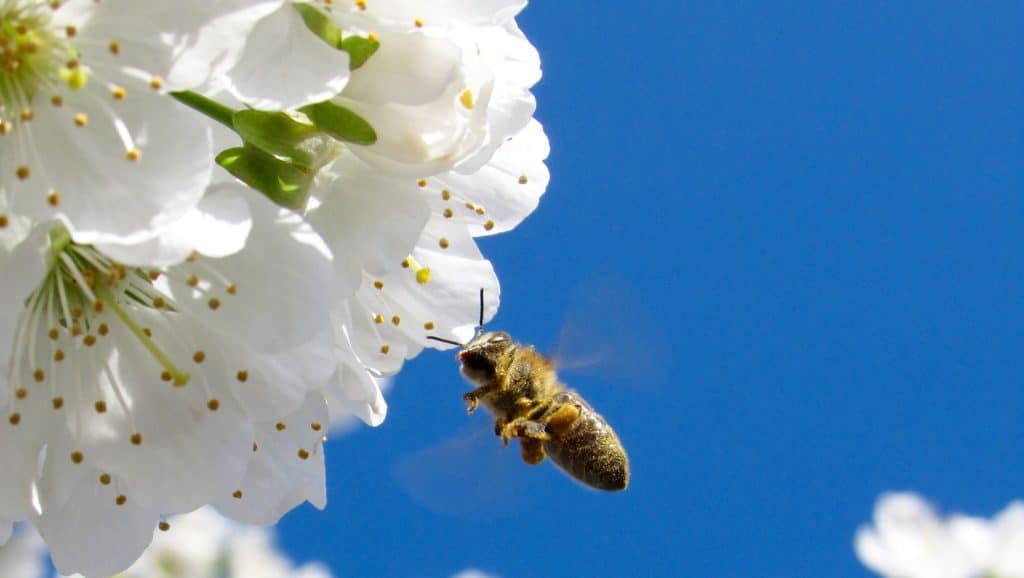Plants produce nectar for insects, and in return, insects transport pollen between plants. This mutually beneficial relationship, which was formed over millions of years of coevolution, was quickly put at risk: as insect numbers decline, flowers evolve to be less attractive to their pollinators, with the aim to give them up. If the flowers do not attract insects, the plant wastes a lot of energy to grow and produce nectar; if plants produce less nectar there will be less food available to insects, which in turn will accelerate the decline.
A study has found the flowers of field pansies growing near Paris are 10% smaller and produce 20% less nectar than flowers growing in the same fields 20 to 30 years ago. They are also less frequently visited by insects.; this is precisely because pansies are evolving towards self-pollination (each plant reproduces itself), which in the long term will end up limiting their ability to adapt to future environmental changes. The percentage of pansies that rely on self-pollination has increased by 25% in the last 20 years.
It is common that traits that drive or reward pollinators may change as pollinator numbers decline; this is especially true of reproduction, which is arguably the most important living function of organisms, as well as the most adaptive trait of all. Conservation measures are urgently needed to halt and reverse the decline of pollinators, the effects of which are not easily reversible, because plants have already begun to change, undoing thousands of years of evolution in response to a phenomenon that has existed for only 50 years. This is a particularly interesting discovery as it shows the evolution taking place in real time: from 1989 to 2016 the overall weight of insects captured in traps decreased by 75%.
Similar processes can be seen in invasive populations that need to colonize new ecological niches. Populations of foxglove have evolved to be pollinated by bumblebees in Europe. However, 200 years ago they were introduced to Costa Rica and Colombia, and they have since changed the shape of their flowers so they can be pollinated by hummingbirds.
Although most research has been done in Europe and North America, we know that pollinator declines are a global phenomenon. These results may just be the tip of the iceberg: areas with far greater plant diversity will likely have many more examples of wild plants changing their pollination strategies in response to a lack of pollinators.
